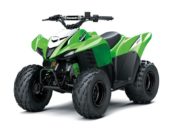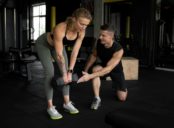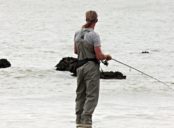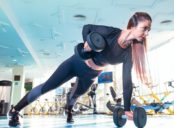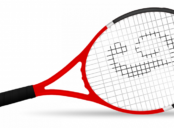Paralympics Curling Sweden: A Comprehensive Overview

Introduction:
Paralympics Curling Sweden is a captivating and inclusive sport that provides opportunities for athletes with disabilities to showcase not only their physical prowess but also their strategic abilities. In this article, we will delve into the various aspects of Paralympics Curling Sweden, including its overview, different types, popularity, quantitative measurements, differences between different versions, and a historical analysis of its pros and cons.
An In-depth Overview of Paralympics Curling Sweden

Paralympics Curling Sweden, also known as Wheelchair Curling, is an adapted version of the traditional Olympic sport. Played by athletes with physical impairments, it offers the perfect platform for them to compete at an elite level. The sport requires individuals to slide stones across the ice towards a target area, aiming to accumulate points and outmaneuver their opponents. Paralympics Curling Sweden is governed internationally by the World Curling Federation and the International Paralympic Committee.
A Comprehensive Presentation of Paralympics Curling Sweden
Paralympics Curling Sweden has various types that cater to different levels of impairment. These include:
– B
Played by athletes with severe physical impairments, who use assistive devices and require an assistant to release the stone.
– BC4: For athletes with moderate physical impairments who use assistive devices but do not require assistance from an assistant.
– Open category: For athletes with impairments affecting their balance who do not require aids or an assistant, participating alongside able-bodied players.
Although all categories share the same objective, their rules and gameplay adaptations differ to ensure fairness and inclusivity for all participants.
Paralympics Curling Sweden has gained popularity in recent years, both for participants and spectators. The sport’s competitive and strategic nature, combined with the remarkable skills of athletes, make it a captivating event.
Quantitative Measurements in Paralympics Curling Sweden
Quantitative measurements play a crucial role in evaluating the performance of athletes and tracking the progress of the sport. Various metrics are used to assess players’ accuracy, speed, and tactical decision-making. These include:
– Stone delivery speed: Measured in meters per second, it determines the weight and precision of the throw.
– Shot accuracy: Calculated based on how close the stone lands to the target area, determining the player’s skill in executing strategic moves.
– Points accumulated: Reflects the effectiveness of a player or team in achieving their objectives and outscoring opponents.
These quantitative measurements contribute to the growth of Paralympics Curling Sweden by providing benchmark data for improvement and enabling fair competition among athletes.
Differences Between Different Paralympics Curling Sweden Categories
Despite the shared objective, the various categories of Paralympics Curling Sweden differ in several ways:
1. Assistive Devices: BC3 players employ assistive devices to deliver the stone, requiring an assistant’s assistance, whereas BC4 players use similar devices but do not need an assistant.
2. Degree of Impairment: BC3 players generally have more severe physical impairments, while BC4 players have moderate impairments.
3. Strategy: The strategies employed by each category may differ due to the players’ varying physical abilities and capabilities.
4. Technical Adaptations: Depending on the category, players may require additional adaptations to the wheelchair or assistive devices to enhance their performance.
A Historical Analysis of the Pros and Cons of Paralympics Curling Sweden
Over time, Paralympics Curling Sweden has evolved, bringing both advantages and disadvantages to the sport and its participants.
Pros:
– Inclusivity: Paralympics Curling Sweden provides individuals with physical impairments the opportunity to engage in a thrilling competitive sport on a global stage.
– Skill Showcase: The sport highlights athletes’ physical and strategic abilities, showcasing their talent and determination to overcome challenges.
– Platform for Integration: The open category allows athletes with impairments to play alongside able-bodied participants, fostering inclusivity and breaking down barriers.
Cons:
– Limited Accessibility: Facilities and equipment for Paralympics Curling Sweden may not be available or accessible to all individuals with disabilities.
– Awareness and Funding: Limited public awareness and funding for Paralympics Curling Sweden may hinder its development and the participation of aspiring athletes.
– Equipment Costs: The specialized equipment required for the sport can be expensive, potentially limiting access for some individuals.
Conclusion:
Paralympics Curling Sweden continues to grow as a sport that provides equal opportunities for individuals with disabilities to compete. With its impressive skill displays, inclusivity, and unique strategies, Paralympics Curling Sweden captivates both participants and spectators. As the sport continues to evolve, addressing accessibility challenges and increasing awareness and funding will be crucial for its long-term success and expansion.

